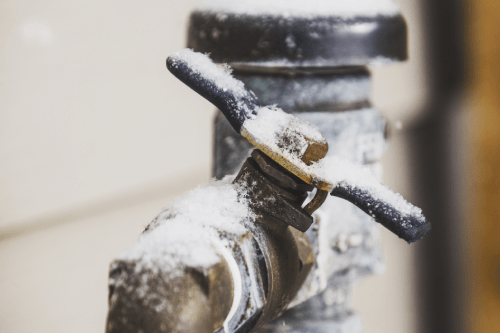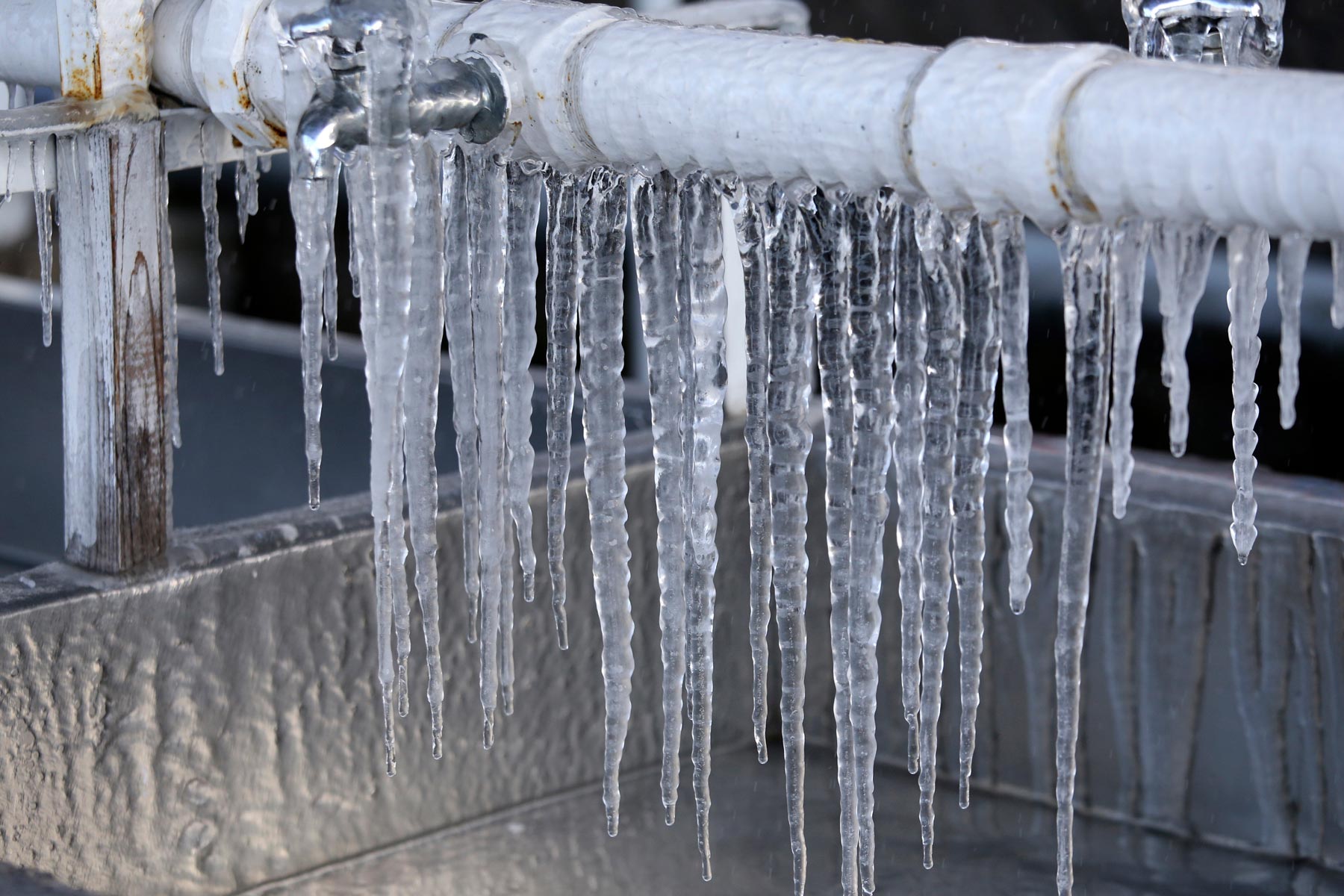Avoiding Frozen Pipes in Winter: Key Strategies
Avoiding Frozen Pipes in Winter: Key Strategies
Blog Article
How do you really feel with regards to Prevent Frozen Pipes ?

Cold weather can wreak havoc on your pipes, specifically by freezing pipelines. Right here's how to avoid it from happening and what to do if it does.
Intro
As temperature levels decrease, the threat of icy pipes increases, potentially resulting in pricey repair work and water damage. Recognizing how to avoid frozen pipelines is essential for house owners in cold environments.
Comprehending Icy Pipelines
What creates pipelines to ice up?
Pipelines freeze when exposed to temperature levels listed below 32 ° F (0 ° C) for prolonged durations. As water inside the pipelines ices up, it expands, putting pressure on the pipe wall surfaces and potentially creating them to burst.
Threats and problems
Icy pipelines can bring about water supply disruptions, residential or commercial property damage, and costly repair services. Ruptured pipelines can flooding homes and create comprehensive structural damage.
Indicators of Frozen Water Lines
Determining icy pipelines early can avoid them from rupturing.
Just how to identify frozen pipes
Look for decreased water flow from taps, unusual smells or noises from pipelines, and noticeable frost on exposed pipes.
Avoidance Tips
Shielding at risk pipes
Cover pipelines in insulation sleeves or use heat tape to safeguard them from freezing temperature levels. Concentrate on pipelines in unheated or external areas of the home.
Heating strategies
Keep indoor rooms properly warmed, specifically locations with plumbing. Open closet doors to enable cozy air to flow around pipelines under sinks.
Protecting Outdoor Plumbing
Garden hoses and outside faucets
Detach and drain yard pipes before winter season. Mount frost-proof faucets or cover outside faucets with shielded caps.
What to Do If Your Pipelines Freeze
Immediate activities to take
If you think frozen pipelines, maintain taps open to eliminate pressure as the ice thaws. Use a hairdryer or towels soaked in warm water to thaw pipes gradually.
Long-Term Solutions
Architectural adjustments
Think about rerouting pipes far from exterior walls or unheated areas. Include added insulation to attic rooms, basements, and crawl spaces.
Updating insulation
Invest in high-grade insulation for pipes, attics, and wall surfaces. Proper insulation helps keep consistent temperature levels and minimizes the danger of icy pipes.
Final thought
Preventing icy pipes requires aggressive procedures and quick reactions. By recognizing the causes, indicators, and preventive measures, property owners can secure their plumbing throughout cold weather.
5 Ways to Prevent Frozen Pipes
Drain Outdoor Faucets and Disconnect Hoses
First, close the shut-off valve that controls the flow of water in the pipe to your outdoor faucet. Then, head outside to disconnect and drain your hose and open the outdoor faucet to allow the water to completely drain out of the line. Turn off the faucet when done. Finally, head back to the shut-off valve and drain the remaining water inside the pipe into a bucket or container. Additionally, if you have a home irrigation system, you should consider hiring an expert to clear the system of water each year.
Insulate Pipes
One of the best and most cost-effective methods for preventing frozen water pipes is to wrap your pipes with insulation. This is especially important for areas in your home that aren’t exposed to heat, such as an attic. We suggest using foam sleeves, which can typically be found at your local hardware store.
Keep Heat Running at 65
Your pipes are located inside your walls, and the temperature there is much colder than the rest of the house. To prevent your pipes from freezing, The Insurance Information Institute suggests that you keep your home heated to at least 65 degrees, even when traveling. You may want to invest in smart devices that can keep an eye on the temperature in your home while you’re away.
Leave Water Dripping
Moving water — even a small trickle — can prevent ice from forming inside your pipes. When freezing temps are imminent, start a drip of water from all faucets that serve exposed pipes. Leaving a few faucets running will also help relieve pressure inside the pipes and help prevent a rupture if the water inside freezes.
Open Cupboard Doors
Warm your kitchen and bathroom pipes by opening cupboards and vanities. You should also leave your interior doors ajar to help warm air circulate evenly throughout your home.

Hopefully you enjoyed reading our section on Helpful Tips to Prevent Frozen Pipes this Winter. Thank you so much for taking a few minutes to read our post. Enjoyed our blog posting? Please quickly share it. Help somebody else find it. We cherish reading our article about How To Avoid Freezing Pipes.
Click Here Report this page